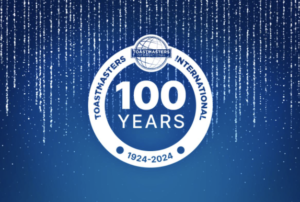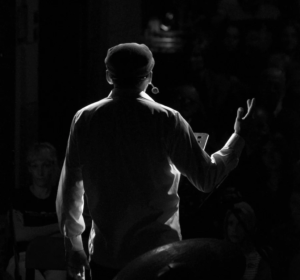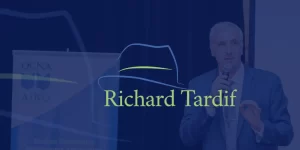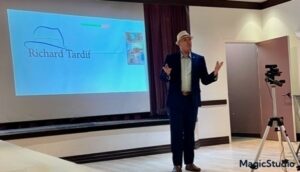Does today’s health media reflect the reality of the obese, and are they leading us to portray obese people as less critical an issue than others?
Agenda-setting is the creation of public awareness and concern about salient issues by the news media. Two basic assumptions underlie most research on agenda-setting: (1) the press and the media do not reflect reality; they filter and shape it, and (2) media concentration on a few issues and subjects leads the public to perceive those as more important than other issues.
The primary claim is that as the media devote more attention to one issue, the public perceives the issue as more important than others. When the media take up a specific topic, such as the Donald Trump presidency, they make us think about it. The theory was introduced in 1972 by Maxwell McCombs and Donald Shaw in their study of the role of the media in the 1968 Presidential campaign in the US, titled The Agenda-Setting Function of Mass Media. The study attempted to assess the relationship between what voters in one community said were important issues and the actual content of media messages (newspapers, magazines, and television) used during the campaign. Overall, the mass media significantly influenced what voters considered to be the significant issues of the campaign.
Bernard Cohen, an American politician and former Democrat member of the Virginia House of Delegates in 1963, stated, “The press may not be successful much of the time in telling people what to think, but it is stunningly successful in telling its readers what to think about.”
The modern media landscape
The modern media landscape comprises bloggers, citizen journalists, Facebook and Twitter users, and traditional media giants. Today, anyone can become a note in the media production process. Does this change the nature of agenda-setting? Several studies ask whether traditional media maintains the power to “set the agenda” for the public—or has the balance of power shifted?
Marcus Messner and Marcia Watson Distasoin The Source Cycle: How traditional media and weblogs use each other as sources, in 2008, suggested research has established that authorities have the power to influence the news agenda of the media and that media can, under certain circumstances, act as sources for each other. The authors write about a content analysis of 2059 articles from the New York Times and the Washington Post that found that newspapers increasingly legitimized weblogs as credible sources. (30-40 percent of articles studied cited a blog as a source). A separate content analysis of 120 weblogs found that they heavily relied on traditional media as sources (70 percent of political posts sourced mainstream media). From the article,
“By allowing each other to influence news agendas, there is an indication that the traditional media and weblogs create what the researchers introduce and define as a news source cycle, in which news content can be passed back and forth from media to media.”
Social media become sources
This cyclical influence of traditional media sources like newspapers and weblogs has been increasingly using each other as sources.
Indeed, McCombs and Shaw noted, “…Two dozen newspaper racks are in front of the downtown post office, and an equal number of channels are available on cable television. The media system has fragmented.” In the 46 years since McCombs and Shaw published this statement, the media environment has become more fragmented. Creating user-generated content (and user-moderated content) has made the media’s agenda-setting function even more complicated.
Agenda-setting in health, fitness and wellness media
A 2007 report, Obesity in the media: Political hot potato or human-interest story, suggested that Australian television journalists frequently see obesity as a personal health and human-interest story rather than a political hot potato. It frames the individual as primarily or solely responsible and makes the issue private, not political. In this frame, the government, employers, and industry can argue that they have limited or negligible responsibility for solving current obesity problems and preventing future obesity.
The report suggests that obesity prevention could is much more political. It does not meet the media’s agenda. It means going beyond the immediate causes, such as food and inactivity, to investigate the underlying social, economic and environmental causes more thoroughly and engaging a more comprehensive range of sources, including those in politics, the food and diet industries, and advertising. The notion that obesity is the result only of “bad character” and a lack of self-discipline continues to be considered the fault of the obese and portrayed in today’s saturated media. Any challenge to that popular belief, whether it comes from hard medical science or the theories of psychology, or health media, is easily swapped away as “it’s still their fault.”







